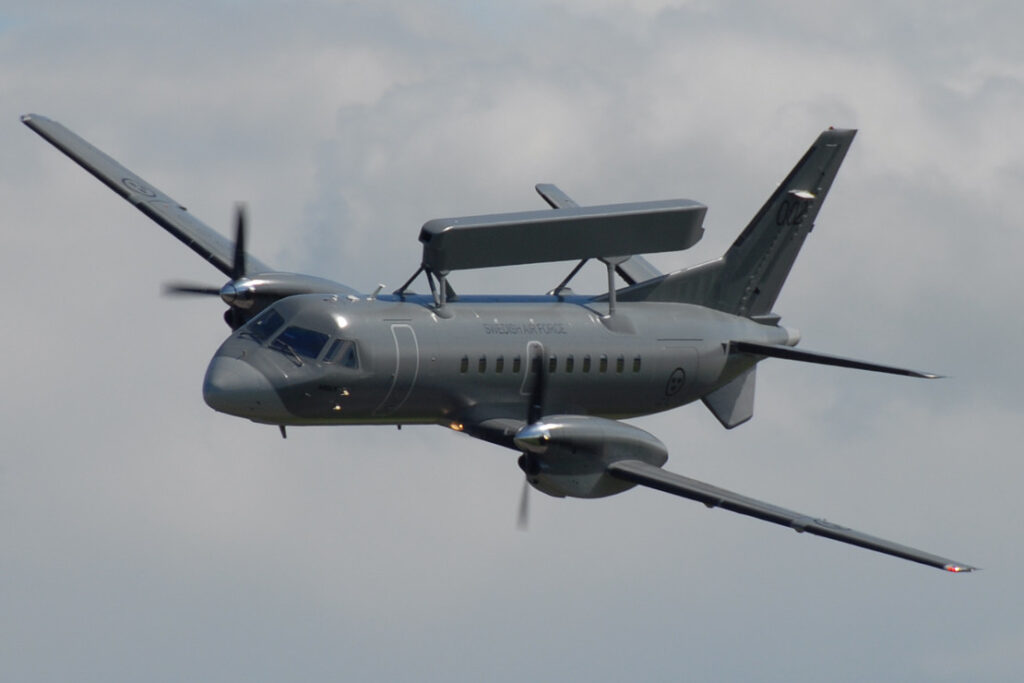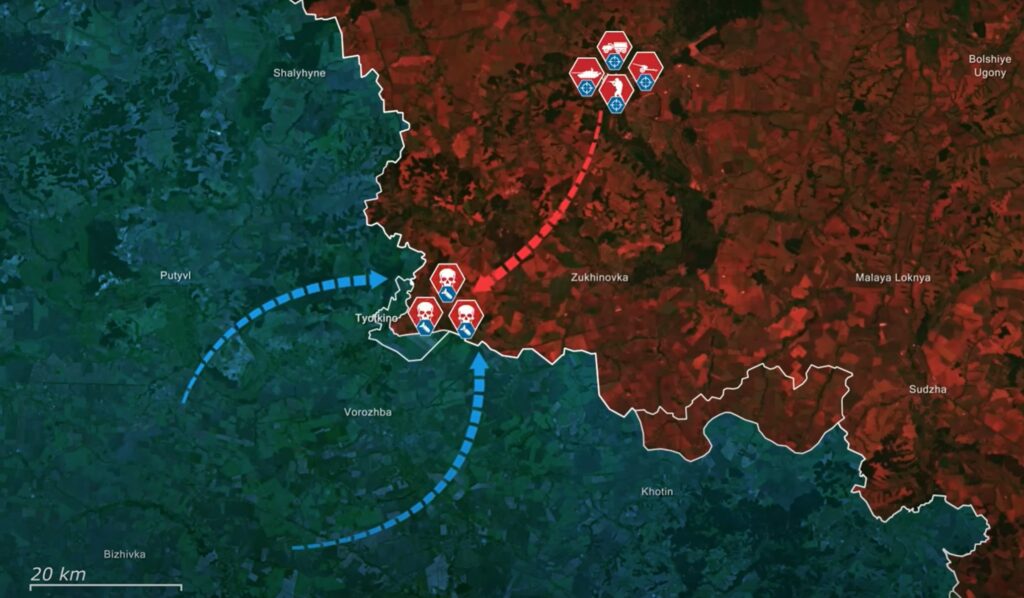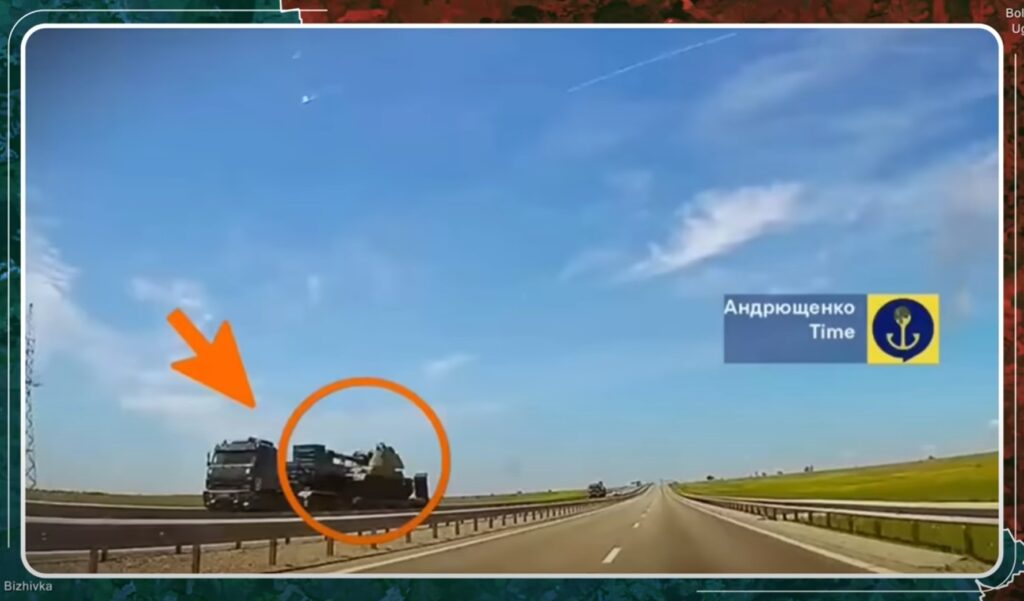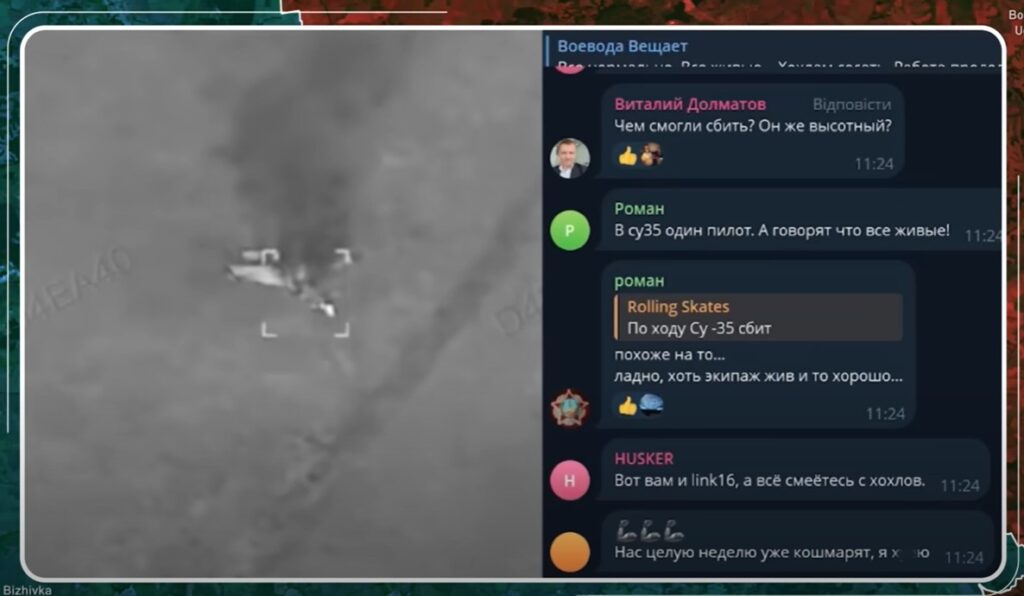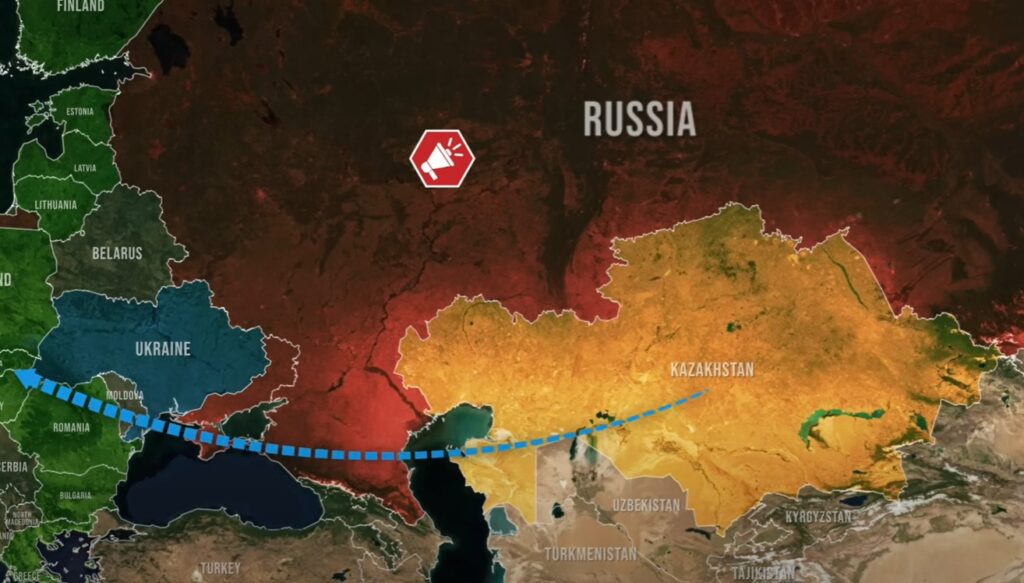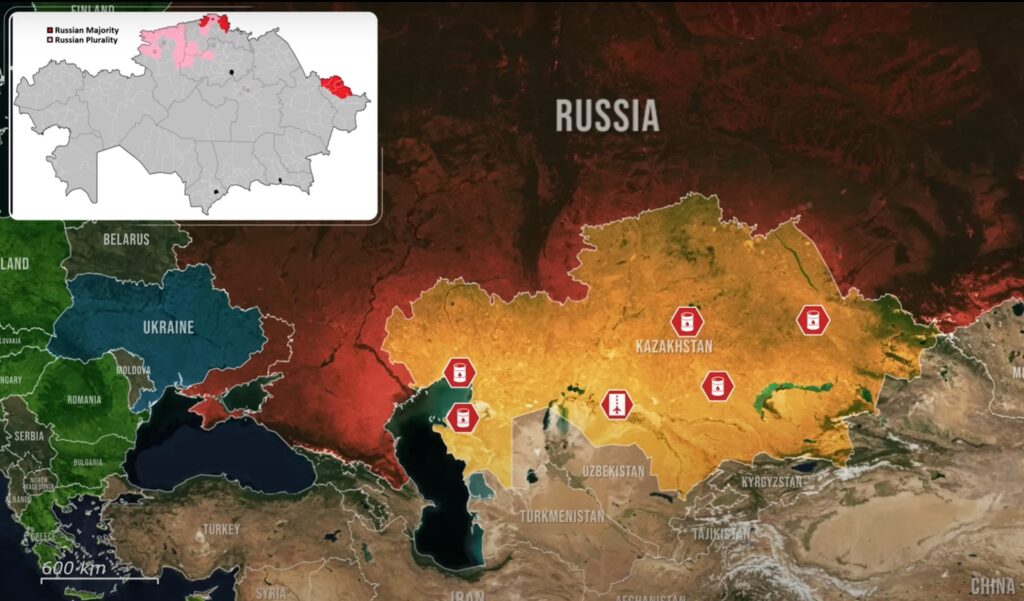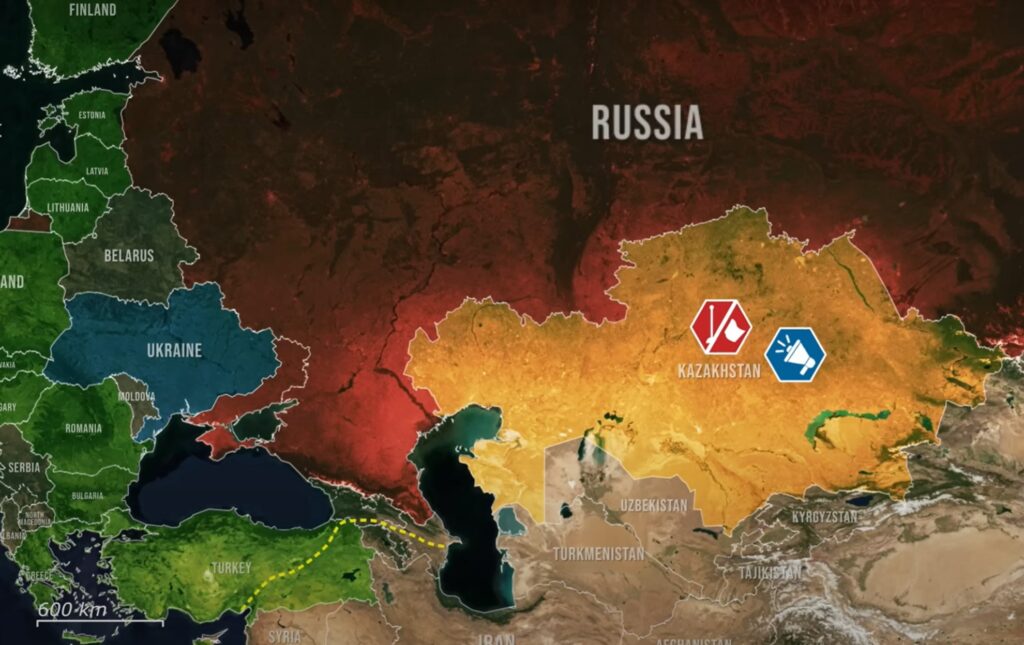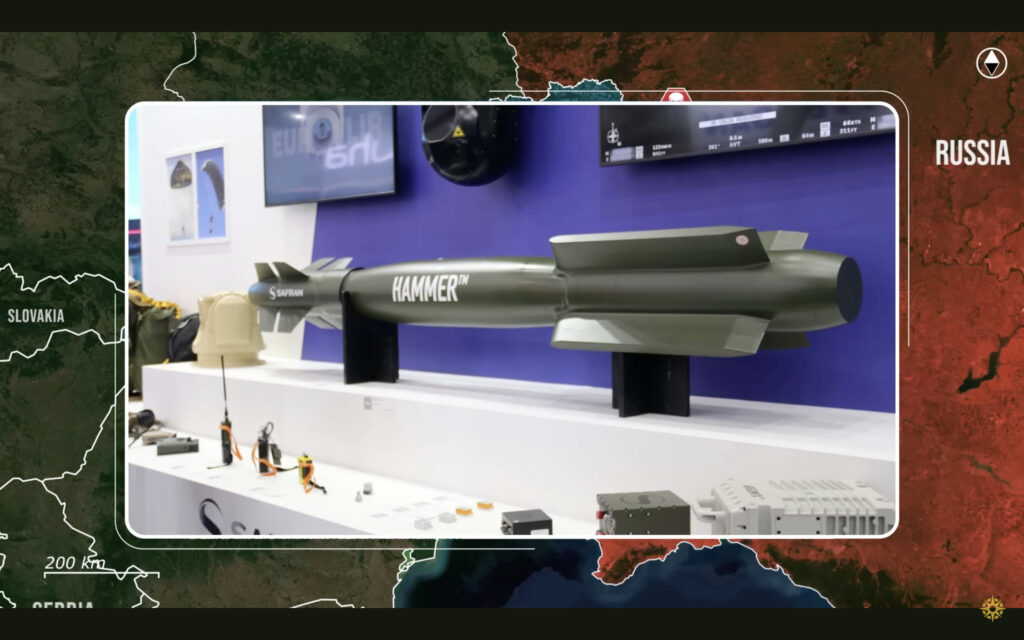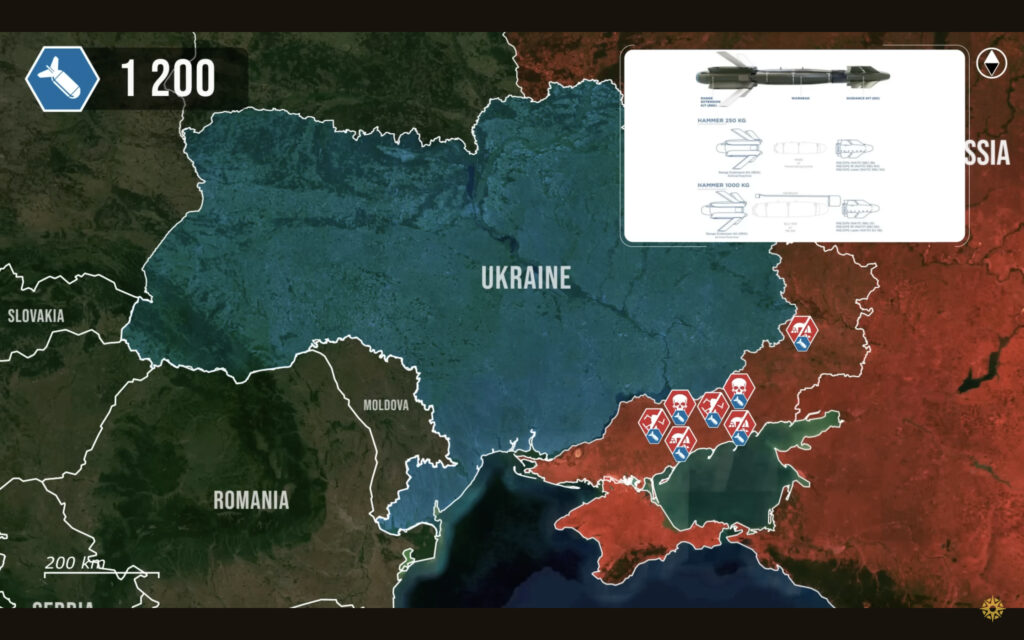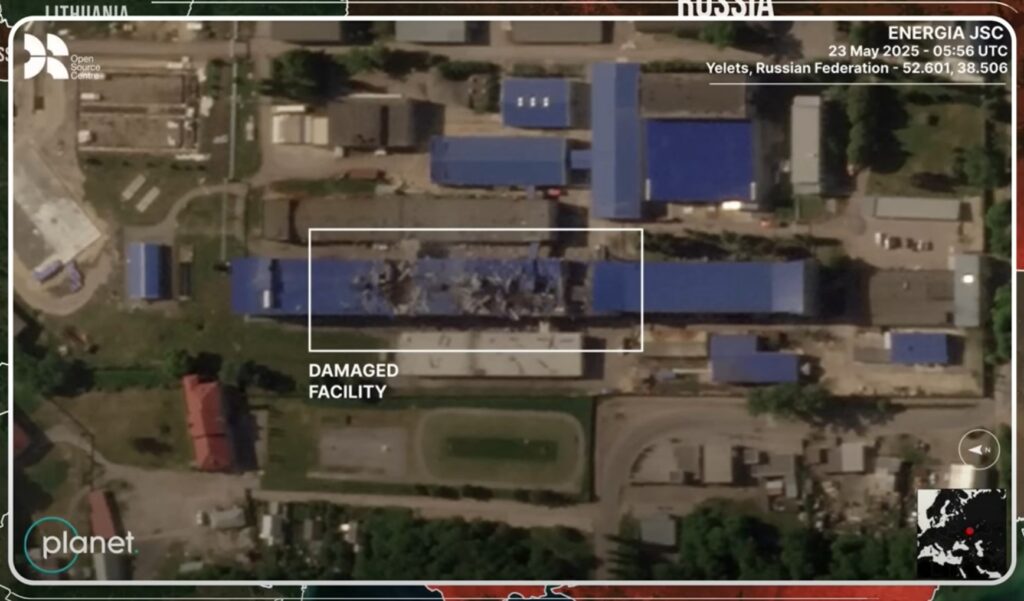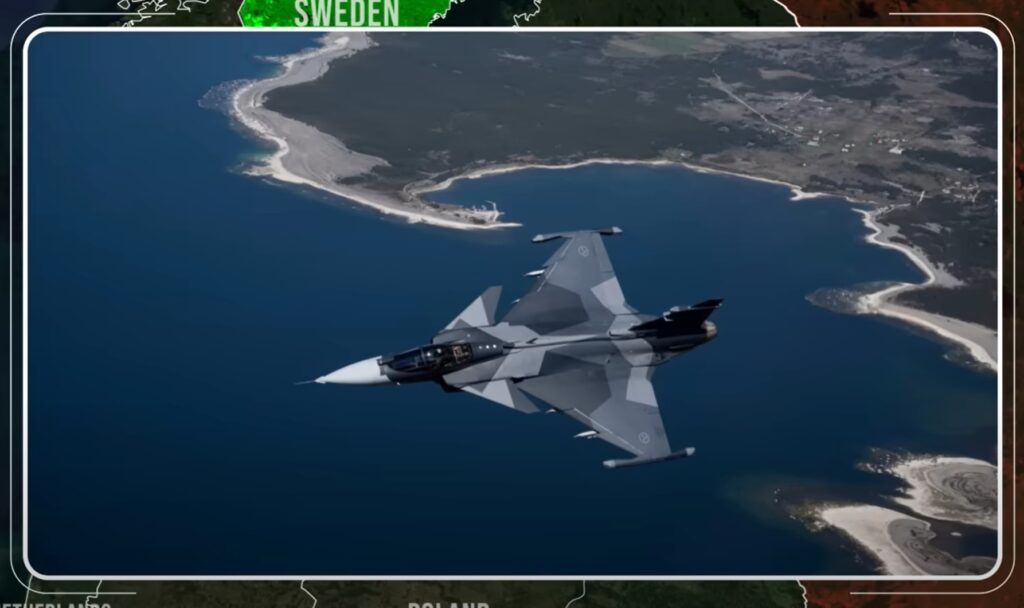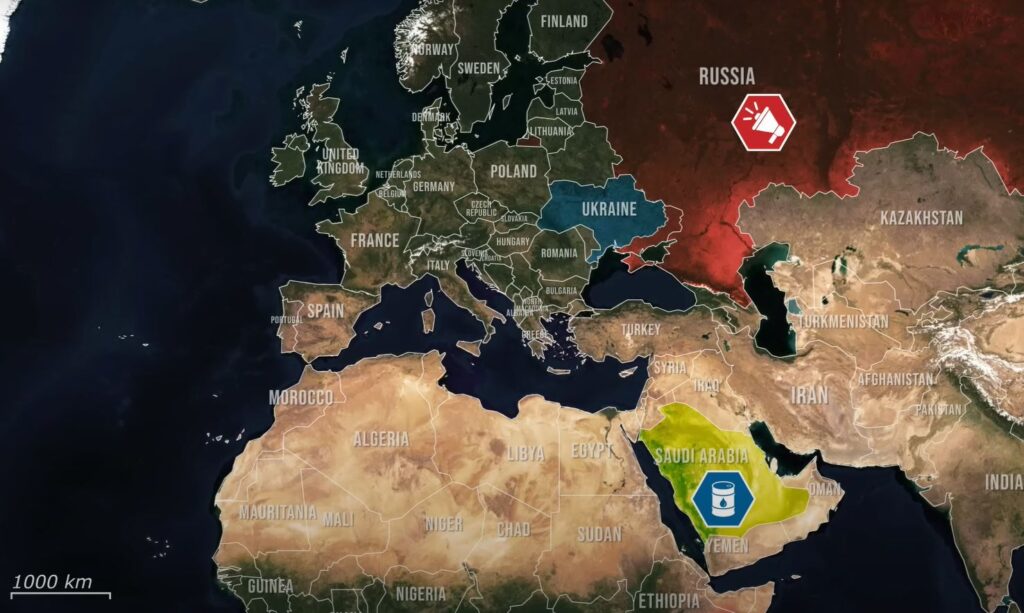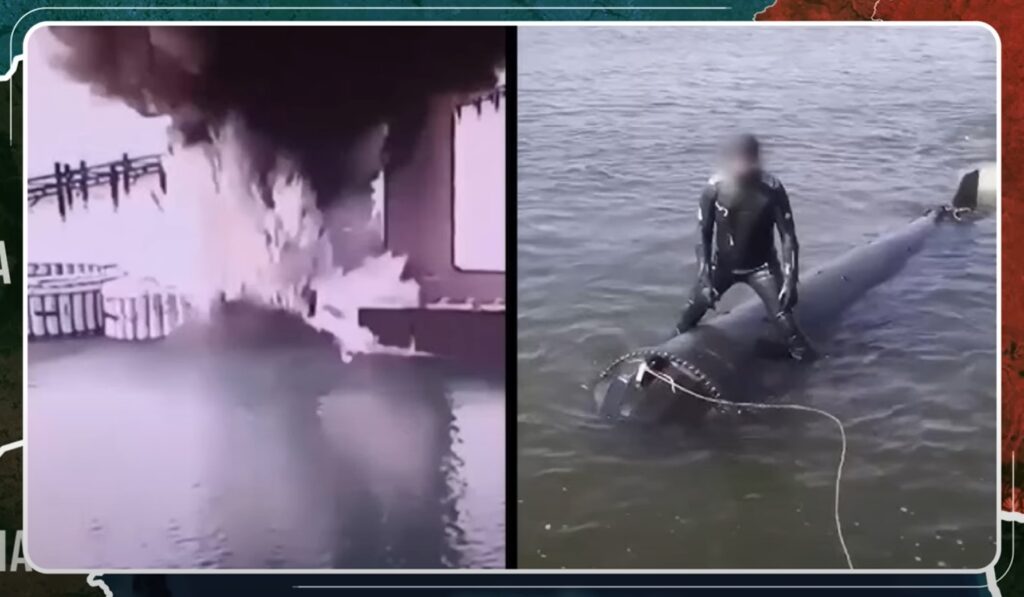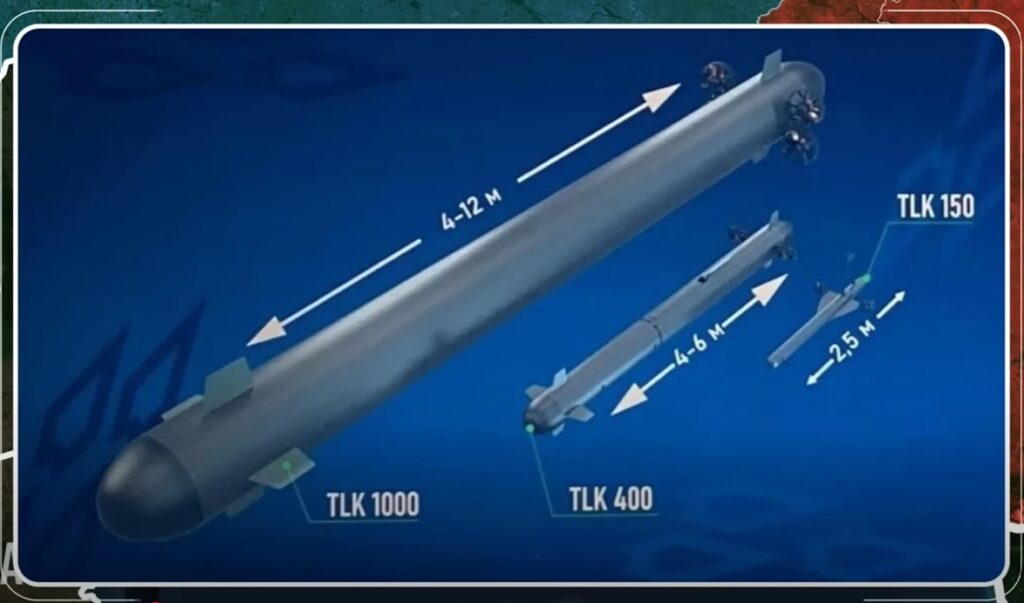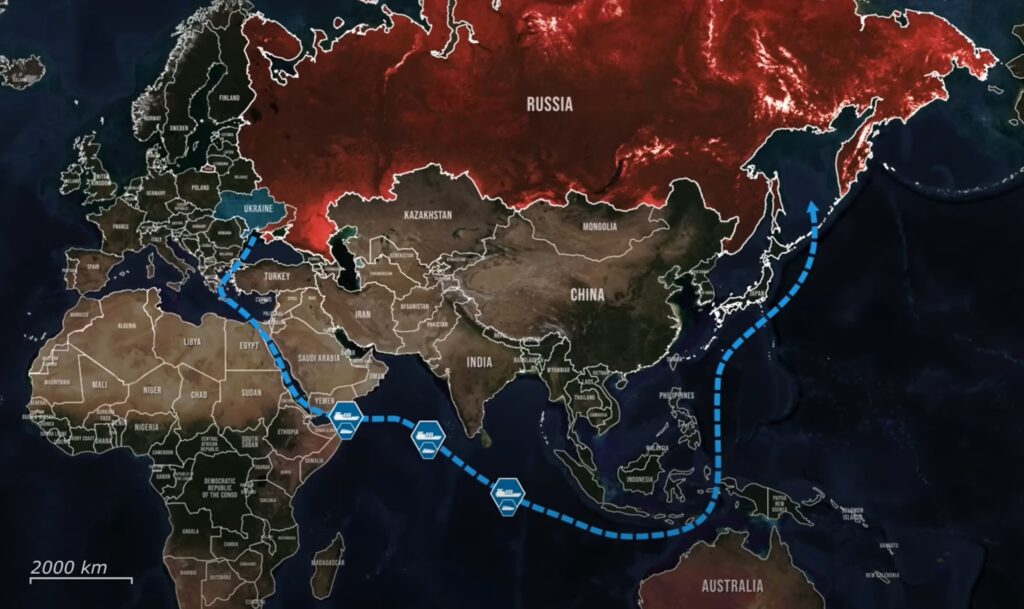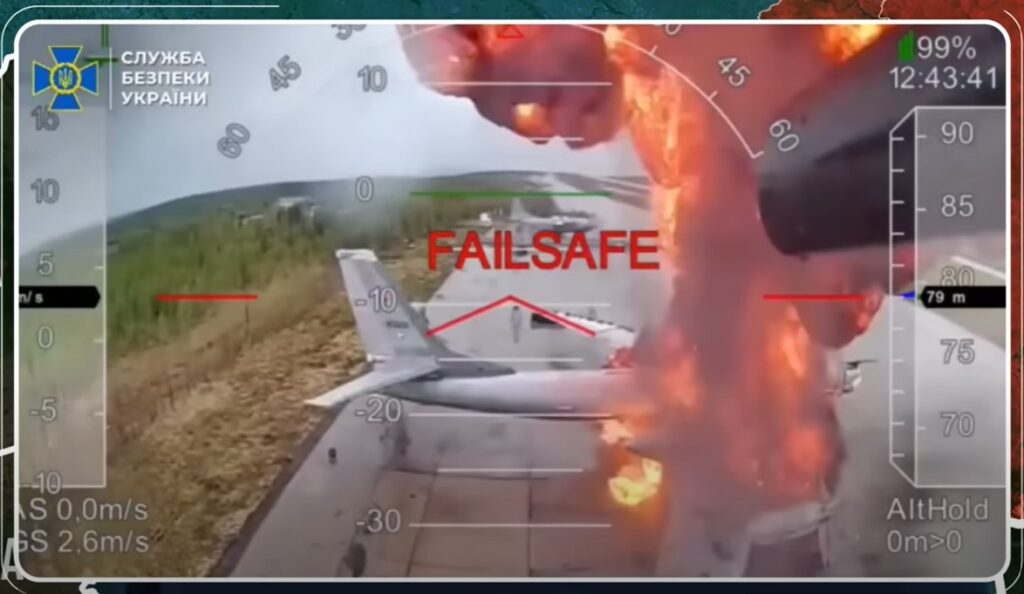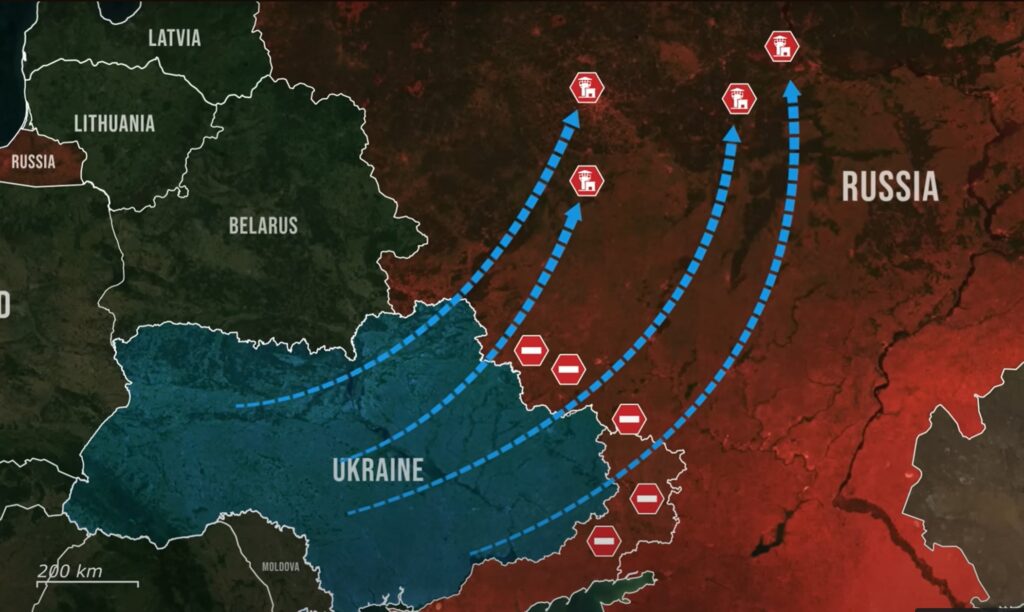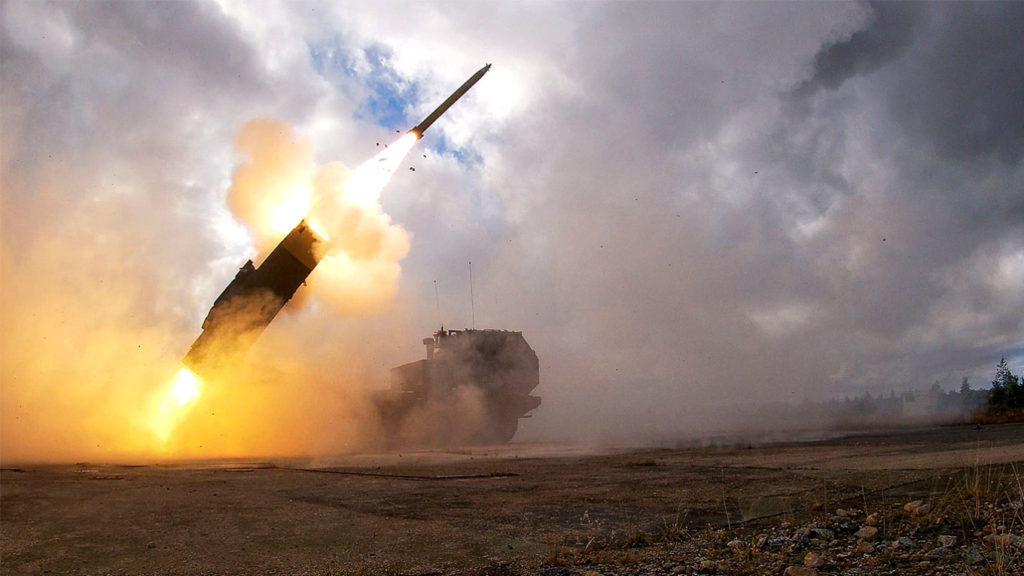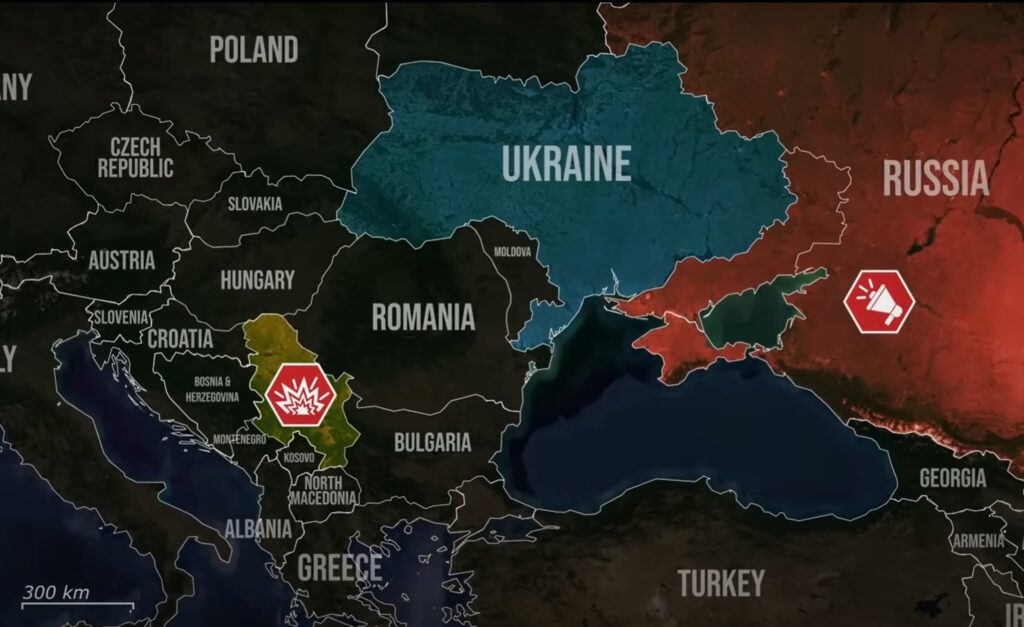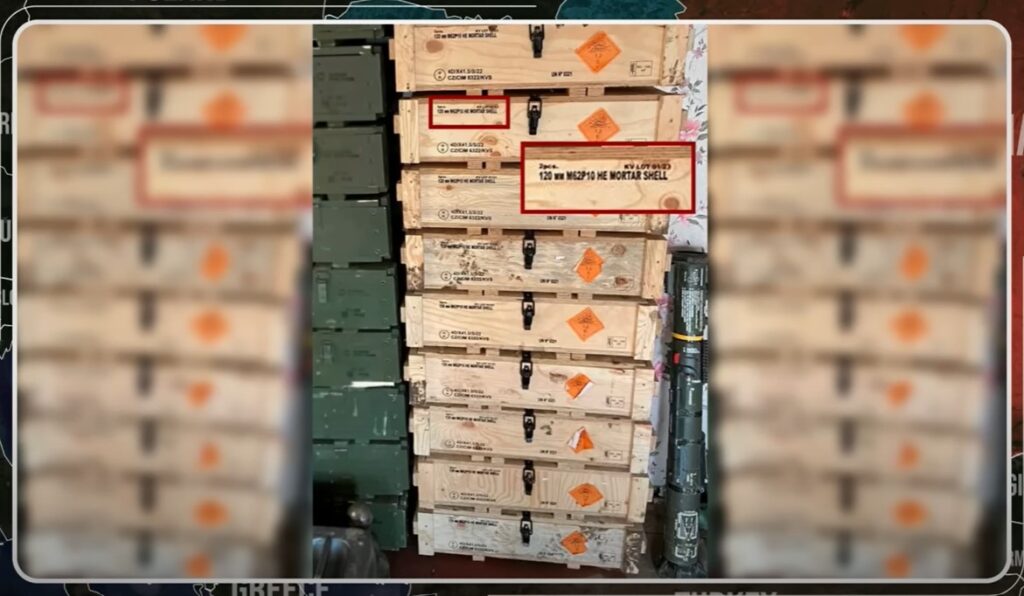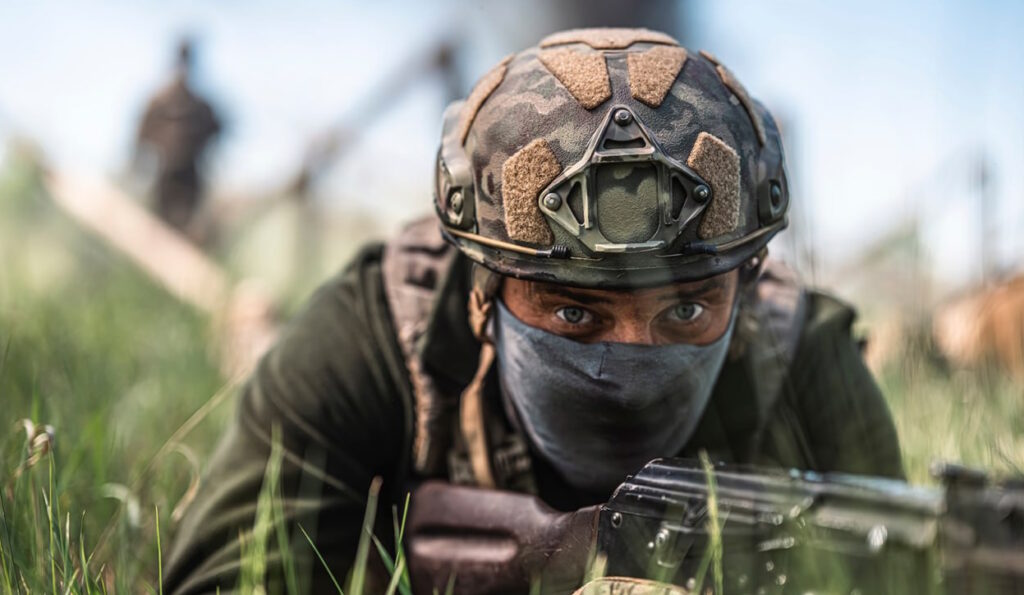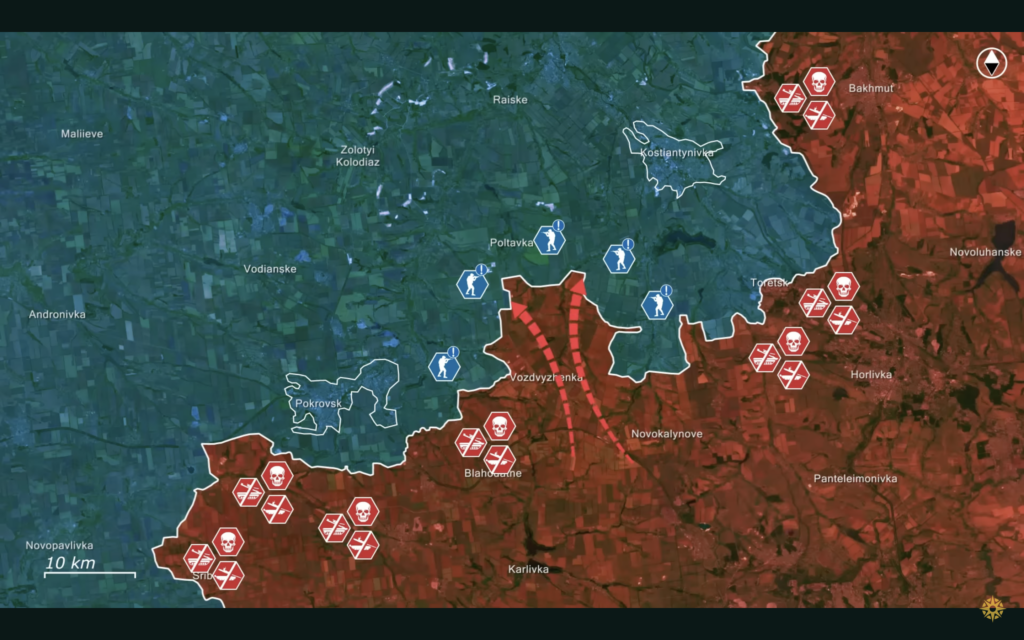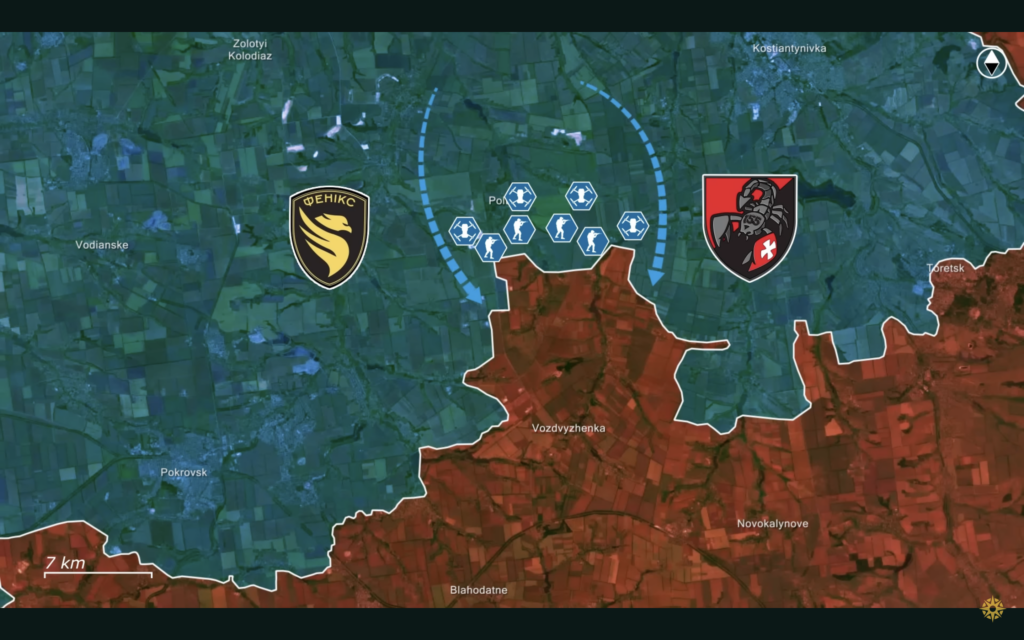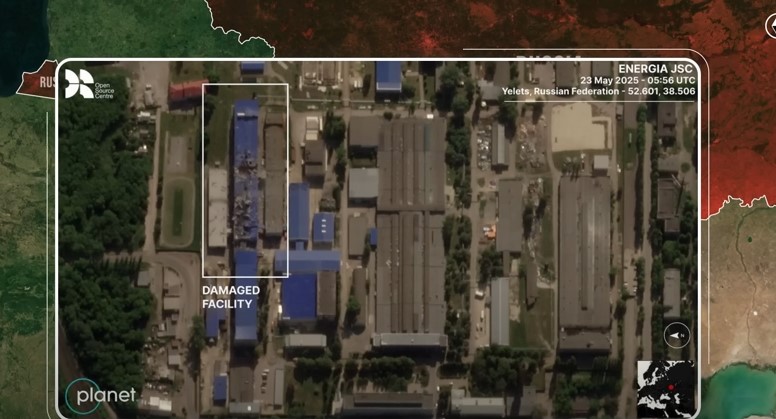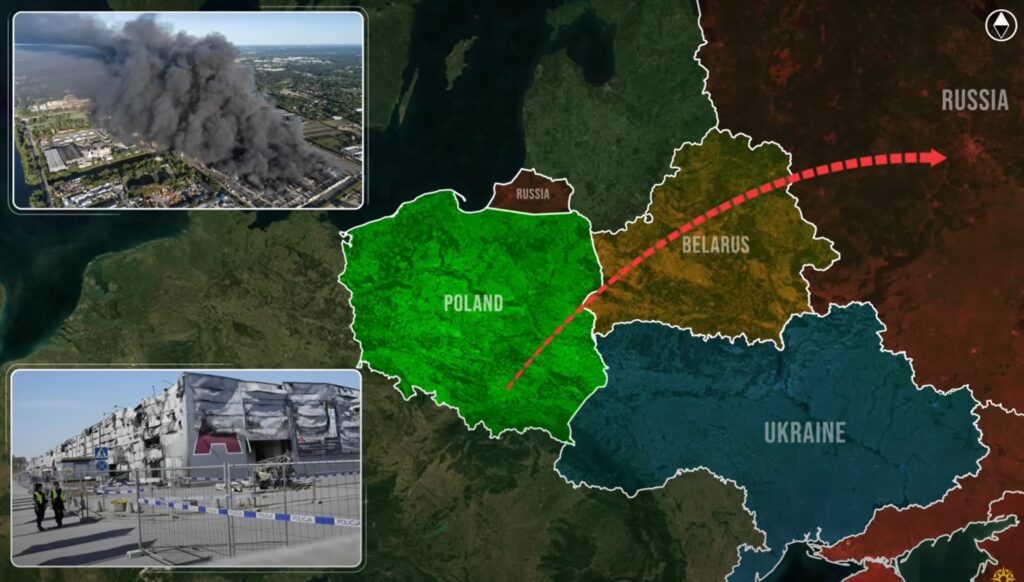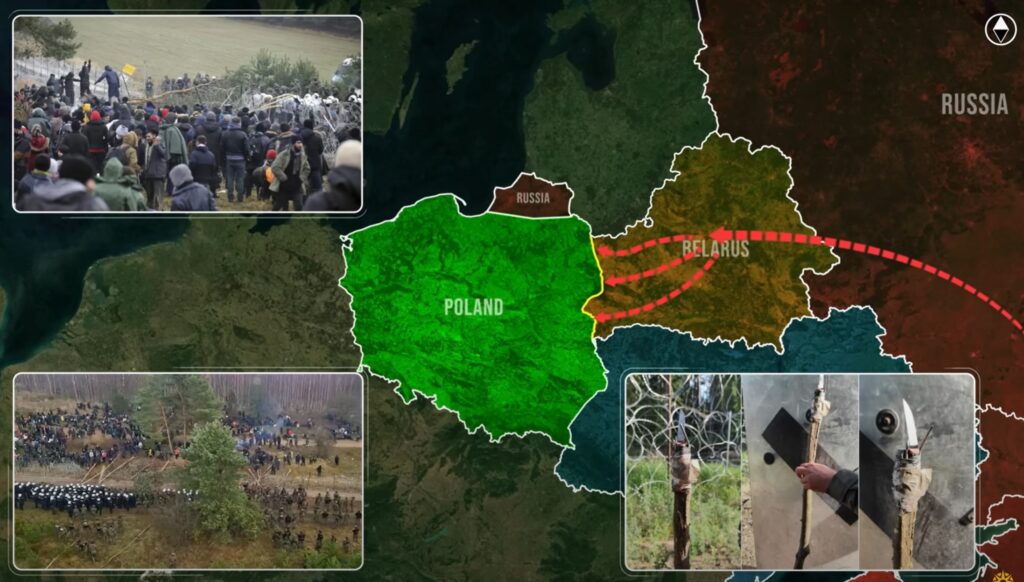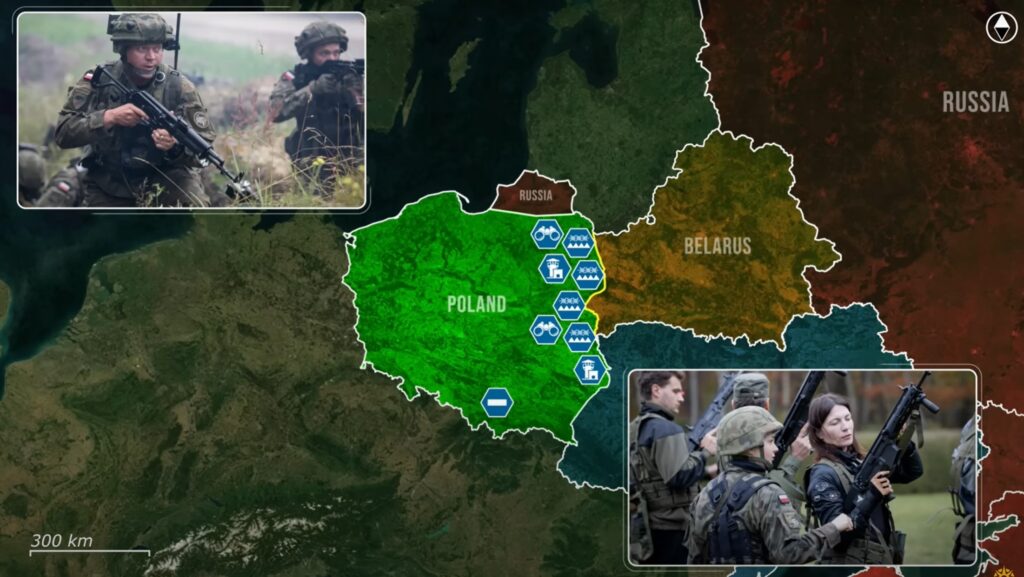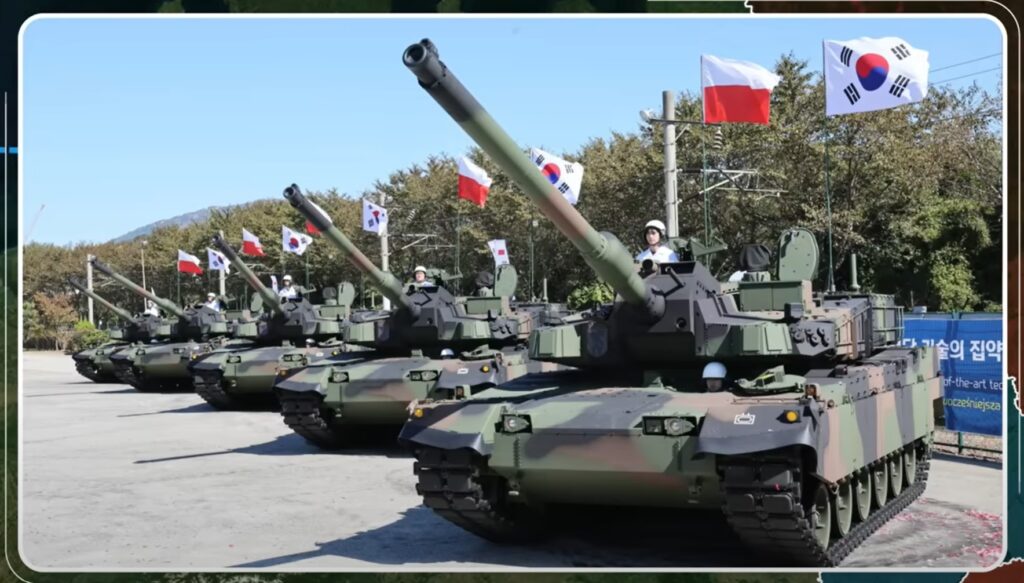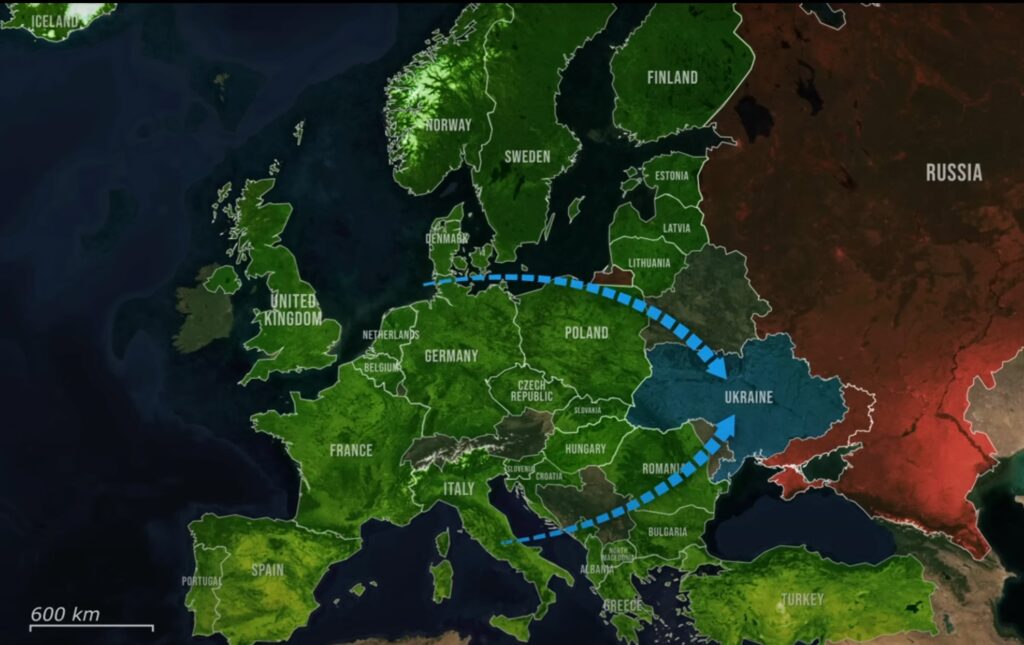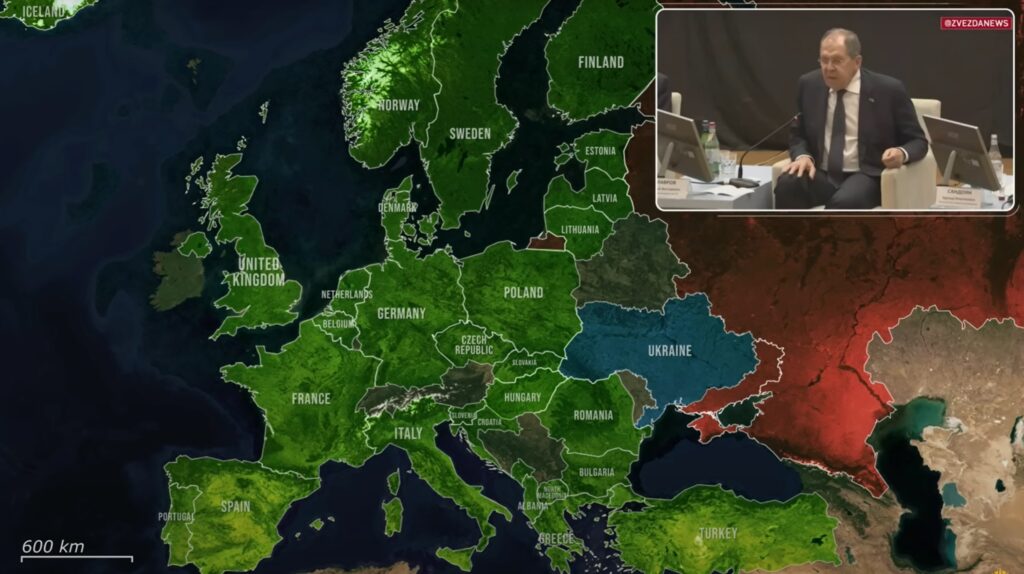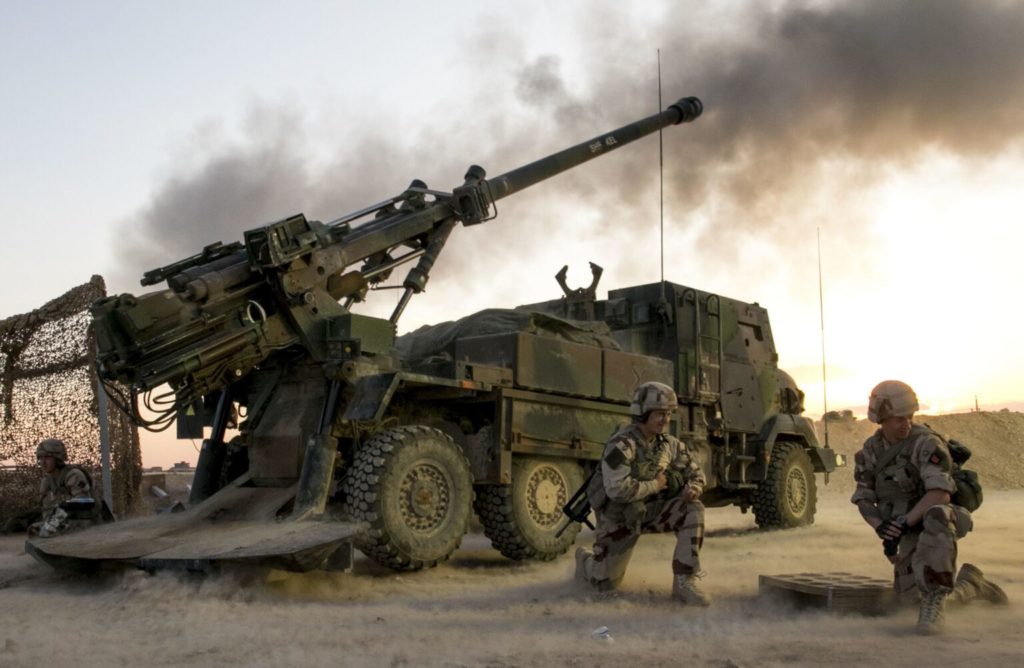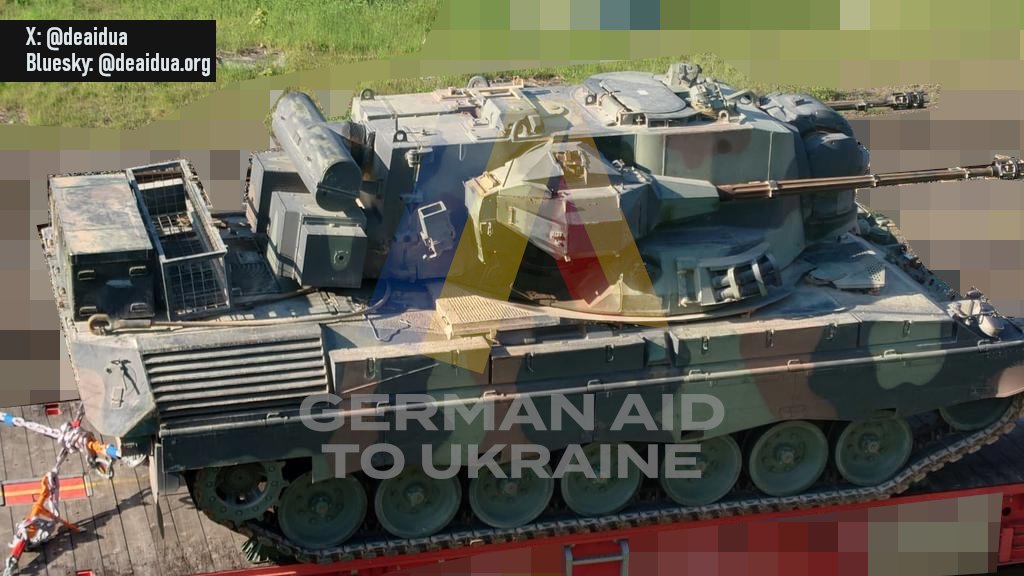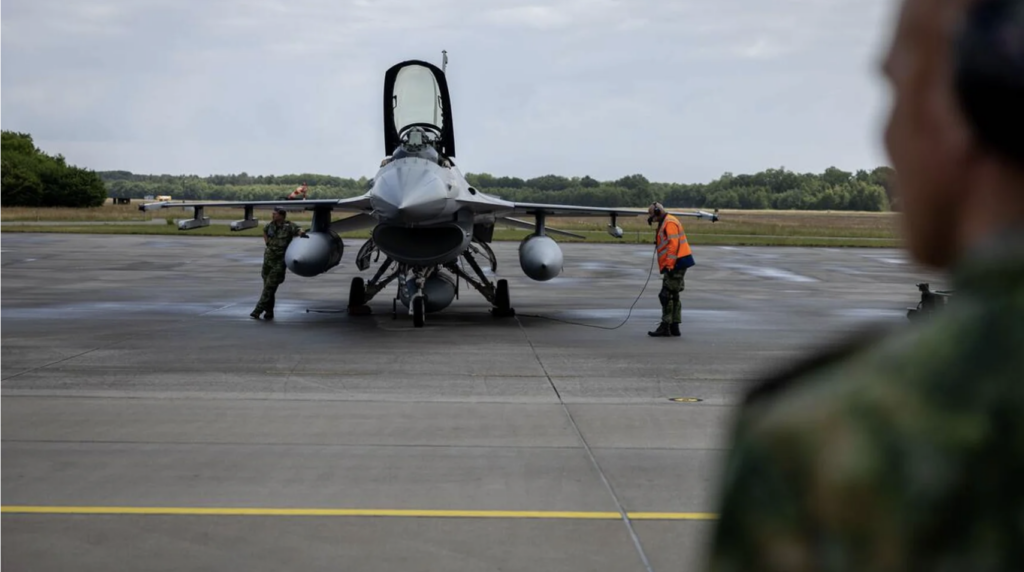Frontline report: Ukraine develops cheaper bomber drones that devastate 4x more Russian targets
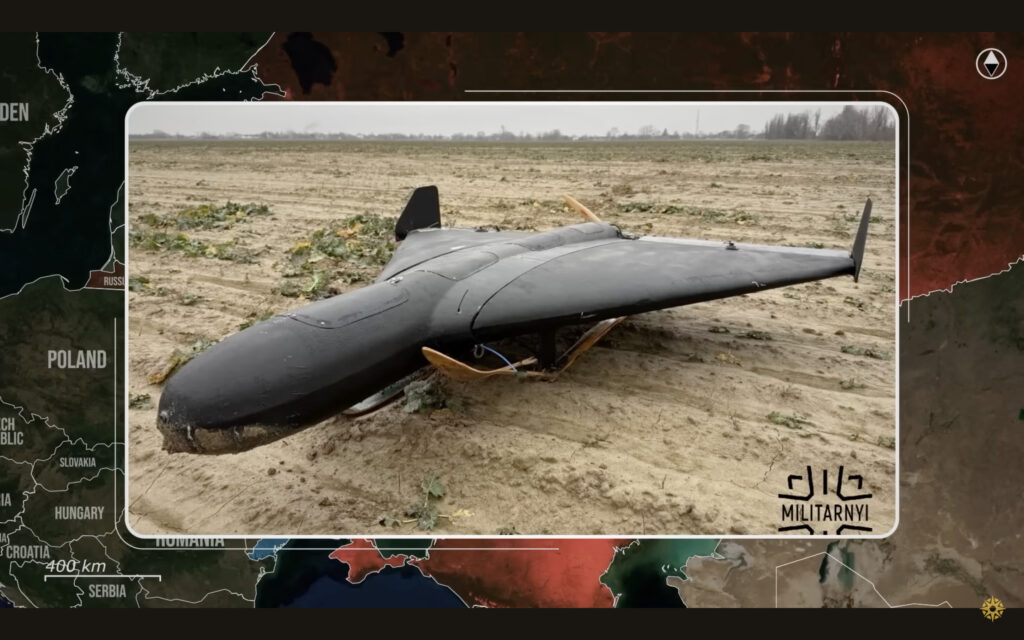
Today there are a lot of interesting updates from the Russian Federation.
Here, Ukraine has officially unleashed its newly developed bomber drones, marking a major escalation in its ability to strike deep into Russian territory. With advanced precision, extended range, and overwhelming cost-efficiency, these drones are already devastating Russian military infrastructure—setting the stage for a transformative shift in the battlefield dynamic.
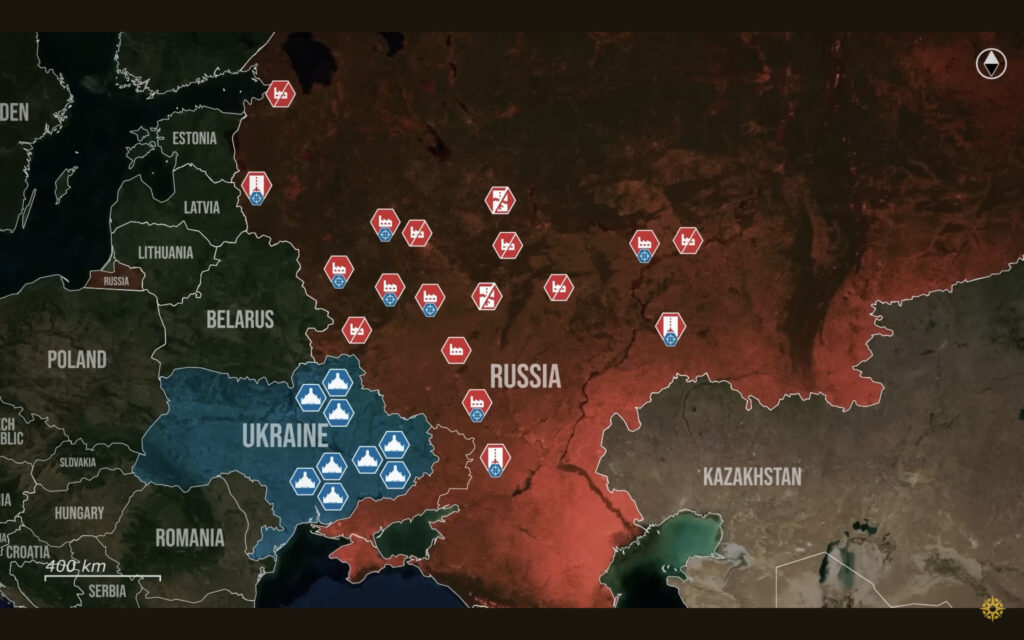
Over the weeks, the Ukrainians conducted a series of successful strikes against military and economic targets in Russia, which resulted in damage to over half a hundred military industrial factories, strategic airbases, microelectronics producers, chemical plants, fiber optic facilities, and key logistical routes, including the Kerch bridge.

Recently, Ukrainians presented the new Batyar-S strike drone, which resembles the Russian Shahed and Geranium strike drones, but only on the outside. Designed from scratch, the new Ukrainian drone has an effective flight range of over 800 kilometers (497 miles) while carrying an 18-kilogram explosive warhead.
Additionally, the drone is lighter than Shahed, weighing only 60 kilograms, which allows the Ukrainians to deploy it using trucks as launch platforms, making it easy to quickly and efficiently deploy it for any strikes. On top of that, it features superior optical systems that analyze landscapes and terrain in real-time, combining them with satellite footage to adjust its flight trajectory towards the target, and stay as low as possible to evade radar detection and air defenses.

However, one of its biggest advantages is that the Batyar-S drone costs approximately 4 times less than the Ukrainian strike drones currently in use, meaning that Ukrainians will be able to produce four times as many drones and strike 4 times the targets.
As the Ukrainians focus their development on drone technology for various purposes, they have also developed a new bomber drone, the B-1. B-1 drones are ultralight bomber drones designed to destroy concentrations of manpower, trucks, armored vehicles, and military strongholds on the frontline and in the rear.
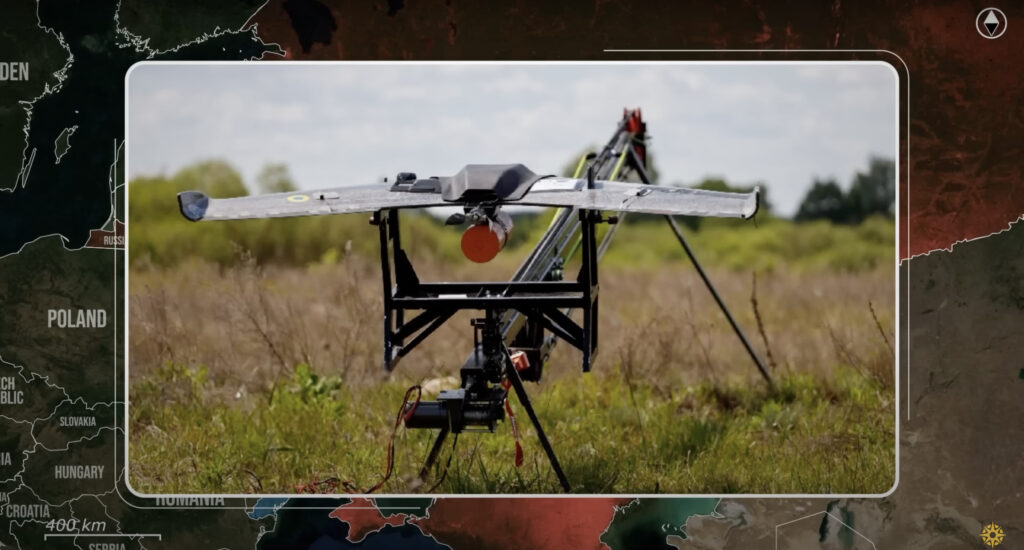
Bomber drones are designed to carry repurposed drone-droppable hand grenades, artillery shells, or other explosives on Russian positions as they fly over their target. The light weight of the drone and its low-noise engine allow it to fly towards Russian lines almost unnoticed, while the drone itself can stay in the air for several hours.
Early frontline reports suggest the drone is extremely resilient against Russian electronic warfare, making it a deadly precision weapon that can hit targets far beyond the range of pre-existing Ukrainian bomber drones like the Vampire hexacopter, already nicknamed the Baba Yaga by both Russian and Ukrainian soldiers for its deadliness.
The newly developed drone technologies will massively enhance Ukrainian strike capabilities against Russian targets on the frontline and in the deep rear. Ukrainian strikes have already damaged and destroyed production facilities, essential for rebuilding Russia’s strategic bomber fleet after they lost a third of them during Operation Spiderweb.
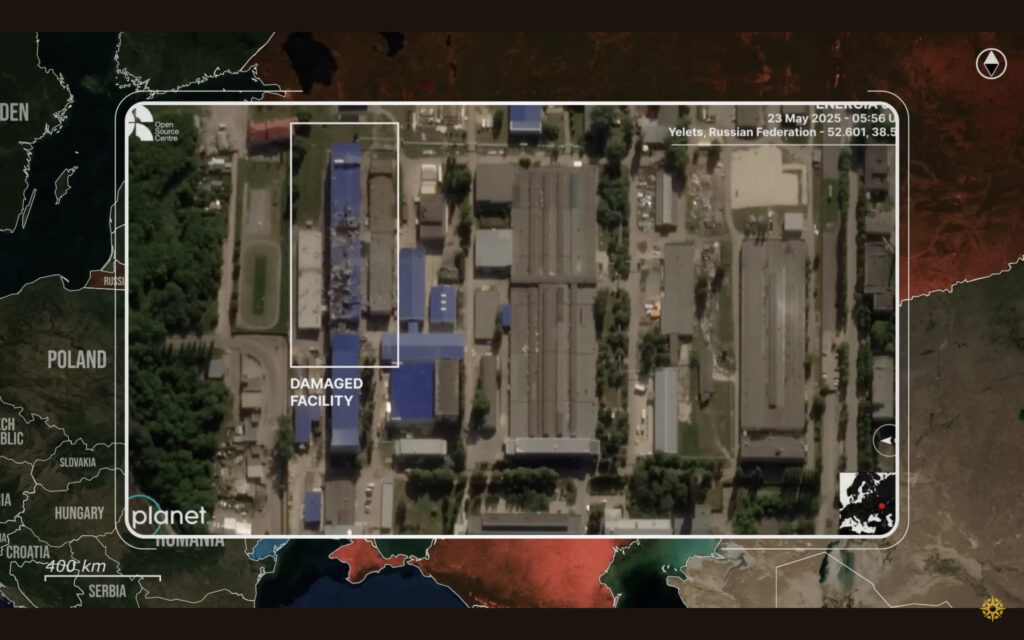
Ukrainians have also crippled direct Russian production of weapons and ammunition manufacturing, with strikes on long range drone and fiber optic facilities, ammunition factories, and chemical and technical facilities producing rockets and missiles. Now, with the new drones, Ukrainians will be able to strike four times more targets, and much more effectively, promising death and destruction for the Russian frontline and the rear.
Overall, the Ukrainians effectively maximized the results of their precision strikes against targets in Russia, while developing new drones based on the experience gained from these strikes. These new variants will be able to hit Russia like never before and seriously undermine the Russian summer offensive; as the Russians go all-in for this summer, so are the Ukrainians, promising a decisive military campaign over the next few months, which might well decide the outcome of the war in Ukraine.
In our regular frontline report, we pair up with the military blogger Reporting from Ukraine to keep you informed about what is happening on the battlefield in the Russo-Ukrainian war.
